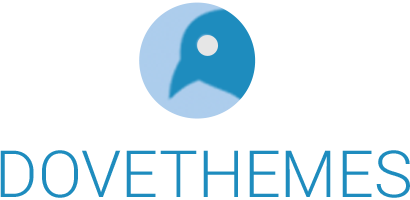For startups, having a well-designed website is crucial for establishing a strong online presence. A website is often the first point of contact with potential customers and investors, making it an essential tool for conveying your brand’s message and values. This article delves into key web design tips that startups should consider to make their website stand out.

Understanding Your Audience and Brand
Before diving into the specifics of web design, it’s important to understand who you are designing for and what your brand represents.
- Audience Insights: Gain a clear understanding of your target audience. What are their preferences, pain points, and behaviors? Tailoring your web design to meet the needs and expectations of your audience can significantly enhance user engagement.
- Brand Consistency: Your website should be a reflection of your brand’s identity. Ensure that the design elements like color scheme, typography, and imagery align with your overall brand aesthetic. Consistency in branding across all platforms helps in building brand recognition and trust.
Simplicity and User Experience
In web design, less is often more. A clean, uncluttered design can improve user experience and make your website more navigable.
- Clear Navigation: Ensure that your website navigation is intuitive and straightforward. Users should be able to find the information they need without hassle.
- Load Time: Optimize your website for fast loading times. Slow-loading websites can lead to high bounce rates and a negative user experience.
Responsive Design: A Must-Have
With the increasing use of mobile devices, having a responsive website design is no longer optional.
- Mobile Compatibility: Ensure your website is optimized for mobile devices. This includes not just scaling down to smaller screens but also considering touch interfaces and mobile usability.
Content is King
The content on your website plays a pivotal role in engaging users and conveying your message.
- Quality Content: Invest in high-quality, relevant content. This includes well-written text, high-resolution images, and engaging videos. Content marketing tools can help speed up the process.
- Content Layout: Be mindful of how content is laid out on your web pages. Proper use of headings, subheadings, and paragraphs can enhance readability and keep users engaged.
Incorporating SEO Best Practices
Search Engine Optimization (SEO) is vital for ensuring your website ranks well on search engines and is discoverable by your target audience.
- SEO-Friendly Design: Incorporate SEO best practices in your web design. This includes using the right keywords, optimizing meta tags, and ensuring your website structure is search engine friendly.
- Regular Updates: Keep your website content fresh and regularly updated. Search engines favor websites with up-to-date and relevant content.
Design Patents and Creating a Patent Portfolio
For startups, protecting their unique web design elements can be crucial, and this is where design patents come into play.
- Design Patents: Design patents protect the ornamental design of functional items, which can include unique web design elements. Securing a design patent for your website’s unique interface or layout can prevent competitors from copying your design.
- Importance of a Patent Portfolio: Creating a patent portfolio, including design patents, can be a strategic asset for startups. It not only provides legal protection but also adds to your startup’s valuation, especially if you plan to seek investment or partnerships.
Engaging Visual Elements
The visual appeal of your website can have a significant impact on user perception and engagement.
- Harmonious Color Scheme: Choose a color scheme that aligns with your brand and is pleasing to the eye. Colors can evoke emotions and should be used strategically.
- High-Quality Images and Videos: Use high-quality images and videos that represent your brand and message. Visual storytelling can be a powerful tool to engage users.
Feedback and Continuous Improvement
Web design is an ongoing process. Gathering user feedback and continuously improving your website is key to maintaining its effectiveness.
- User Feedback: Regularly seek feedback from users on your website’s design and functionality. This can provide insights into areas that need improvement.
- Analytics: Utilize web analytics tools to track user behavior on your site. Analytics can offer valuable data on how users interact with your website and which areas are most engaging.
Conclusion: Building a Winning Website for Your Startup
In conclusion, for startups, an effective website is a blend of aesthetics, functionality, user experience, and SEO. Understanding your audience, maintaining brand consistency, optimizing for mobile, and protecting your unique design elements through patents are all crucial aspects of web design.
Remember, your website is often the first impression potential customers have of your startup. Making it count with a well-designed, engaging, and protected website can set the foundation for your startup’s online success.
